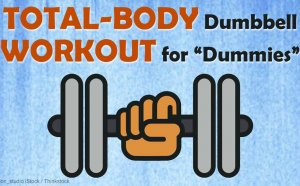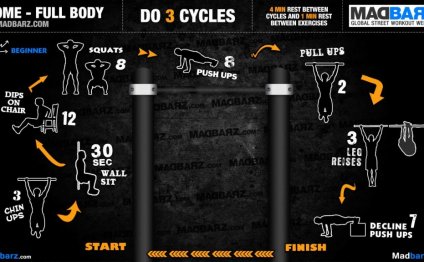
Full body workout program
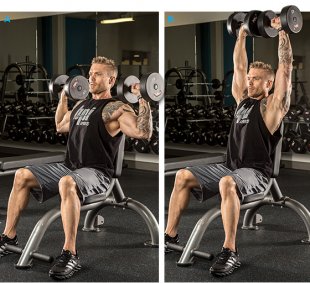 What, you ponder, do you have in common with bodybuilding greats like Arnold Schwarzenegger or Jay Cutler, or even with a successful fitness model like Whitney Reid?
What, you ponder, do you have in common with bodybuilding greats like Arnold Schwarzenegger or Jay Cutler, or even with a successful fitness model like Whitney Reid?
Each of those men, like you, had modest beginnings. None was born with six-pack abs and none came into this world with a 250-pound bench press. But like you, they had a desire for self-improvement and undertook resistance training as a means to build up their physique.
All of these men committed serious mistakes along the way, but fortunately we've compiled a summary of the 10 most important training elements so that you, as a beginner, can learn from others' errors. To get you started off right, we've also put together an eight-week full-body beginner's program that's built to challenge you as you get stronger.
After that break-in period, you'll have one more thing in common with those superstars: None of you will be a rank beginner any longer.
10 KEYS TO BUILDING MUSCLE
There are a lot of guys long on desire, but without the know-how who use the show-up-and-lift-it method, working any and every exercise in the gym every single day and hoping that something happens. Something usually does: They usually quit after about a month because nothing's happened. Fortunately you're on Bodybuilding.com and won't be making those same mistakes. Here's the info you need to understand to get started.
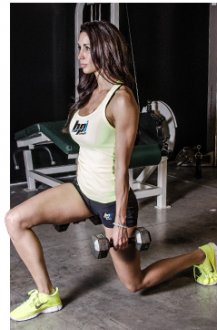 1
1
WORK THE MAJOR MUSCLE GROUPS
Chances are you started lifting to get a bigger chest and arms, or strengthen your body for a particular sport. But working all the major muscle groups—chest, back, shoulders, quads, glutes, hamstrings, biceps, triceps (smaller muscle groups include the forearms, calves, abs)—allows you to build a symmetrical physique. This complete training also prevents muscular imbalances that can arise when you favor some body parts over others. Imbalances are no joke: They can lead to serious injuries.
PRACTICE FORM FIRST
Many of the basic movements presented here may be new to you. As a result, your coordination may be challenged at times. If so, don't worry. Keep practicing and rehearsing the movement pattern and soon it will feel like second nature—and that's when your gains in size and strength will take off. Until then, it's important to understand and practice the basic movements before using more challenging weights.
MULTI-JOINT EXERCISES ARE SUPERIOR OVER SINGLE-JOINT MOVES
Exercises can be categorized into two classes: multi-joint and single-joint. The distinction is that with multi-joint exercises, two (or more) sets of joints work to accomplish the lift. With a single-joint move, only one set of joints is working. During a bench press, for example, action is taking place at both the elbow and shoulder joints, while in a barbell curl the movement is restricted to the elbow joint.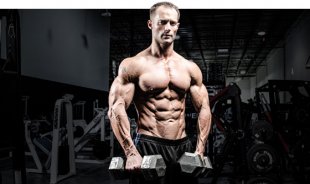 Because more muscle is engaged when doing multi-joint moves, you can use far heavier weights and they're therefore better for achieving muscle and strength gains.
Because more muscle is engaged when doing multi-joint moves, you can use far heavier weights and they're therefore better for achieving muscle and strength gains.
DO MULTIPLE SETS OF AN EXERCISE
There are decades of scientific research now available on resistance training, and the evidence points to doing 3-4 sets of a given exercise for maximum benefit. Typically you should do a warm-up set or two of that movement before tackling more challenging weights.
Too Heavy Or Too Light Is Too Bad
So how much weight should you lift? Warm-ups are always done with light weight to get the target muscles working in coordination. As a beginner, you'll choose light weights so you can do about 15 reps on each set. The last few reps should be very difficult to achieve but you should always be using "good form."
As you progress, you should use even more challenging weights, ones in which you reach muscle failure by 8-12 reps with good form. If you can do more than that number, the weight is too light. Individuals training for strength choose even heavier weights, typically doing fewer than 6 reps. Remember to never sacrifice form to lift a weight that's too heavy.
CONTROL THE REP
The approach you should follow on each and every rep is like this: Inhale and hold your breath as you lift the weight in a strong and forceful manner, exhaling only over the top portion of the movement. Then lower the weight under control as you breathe in. Reverse direction smoothly at the bottom position, never bouncing the weight at the bottom.
TAKE A SHORT REST BETWEEN SETS
Your muscles fatigue during a set. They need time to clear the lactic acid and changes in the pH that build up in the surrounding tissue. This usually takes 90-120 seconds, though larger body parts like legs and back may take longer, and smaller muscle groups like arms and calves may take less. A good measure: when you catch your breath and feel ready to go, start a new set.
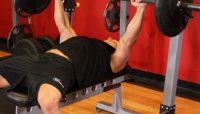
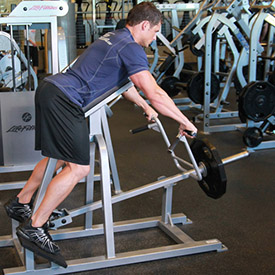
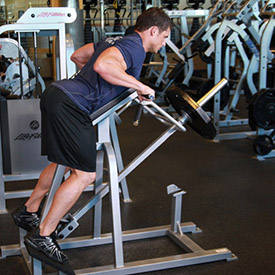
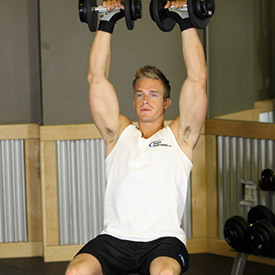
INTERESTING VIDEO
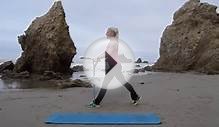

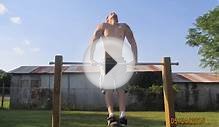
Share this Post
Related posts
Full body workout Everyday
It’d be nice if regular activity was woven into our daily lives so that we could stay lean, strong, and fit without really…
Read MoreDumbbell full body workout
Stiff Leg Deadlift: Stand up with feet shoulder width apart holding the dumbbells in your lowered arms (in front of you)…
Read More
